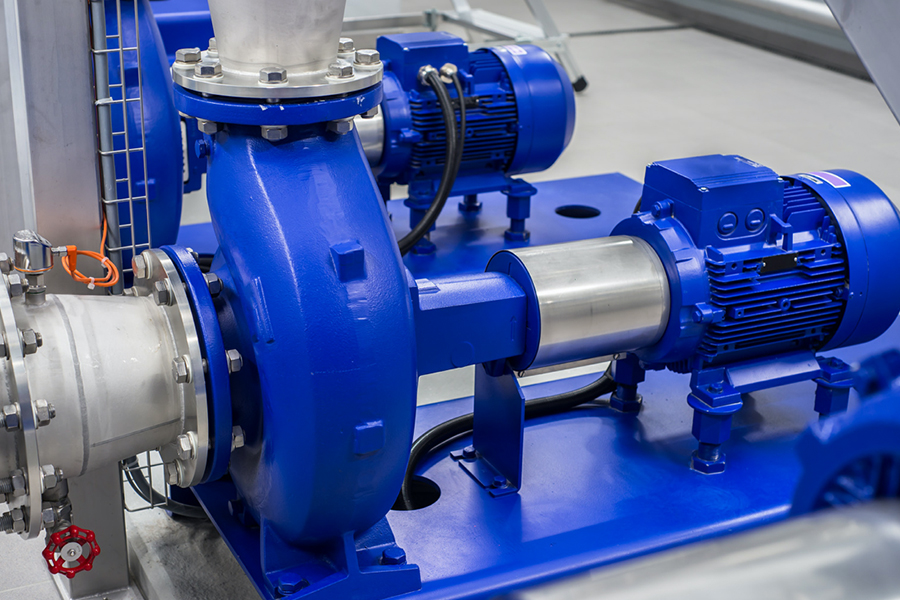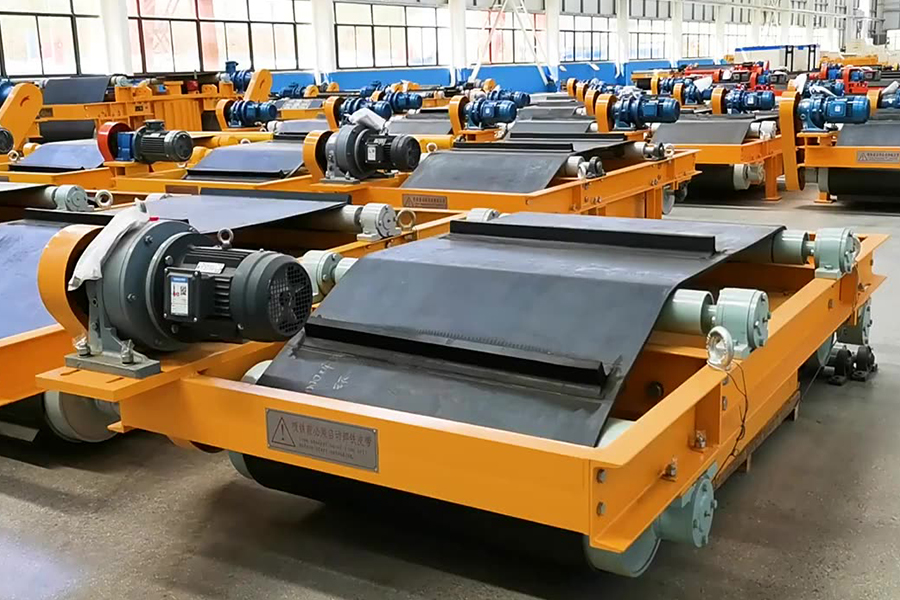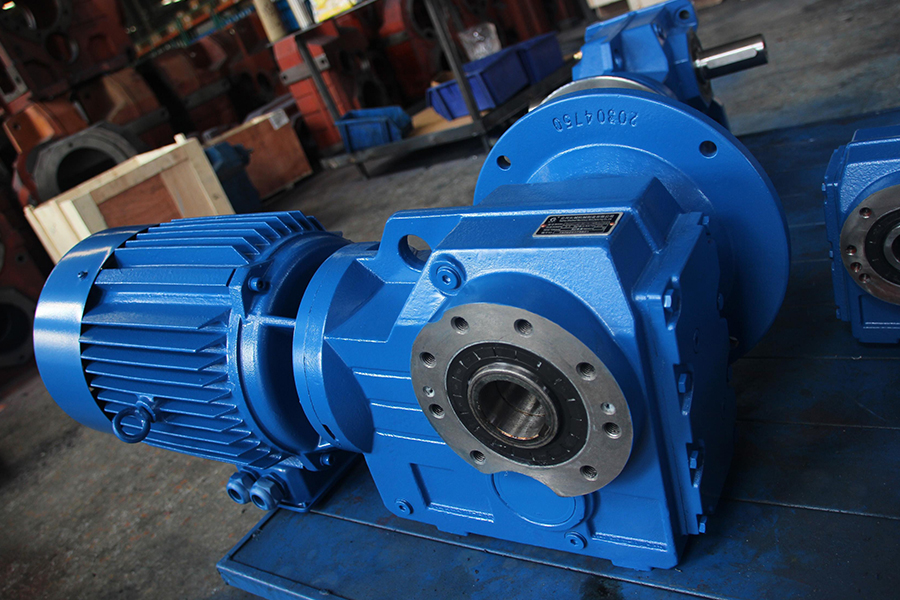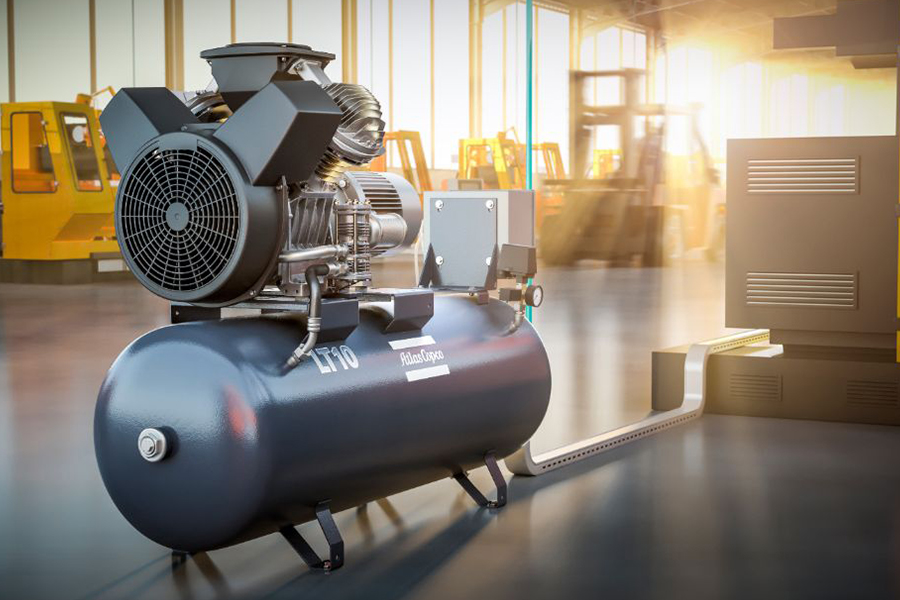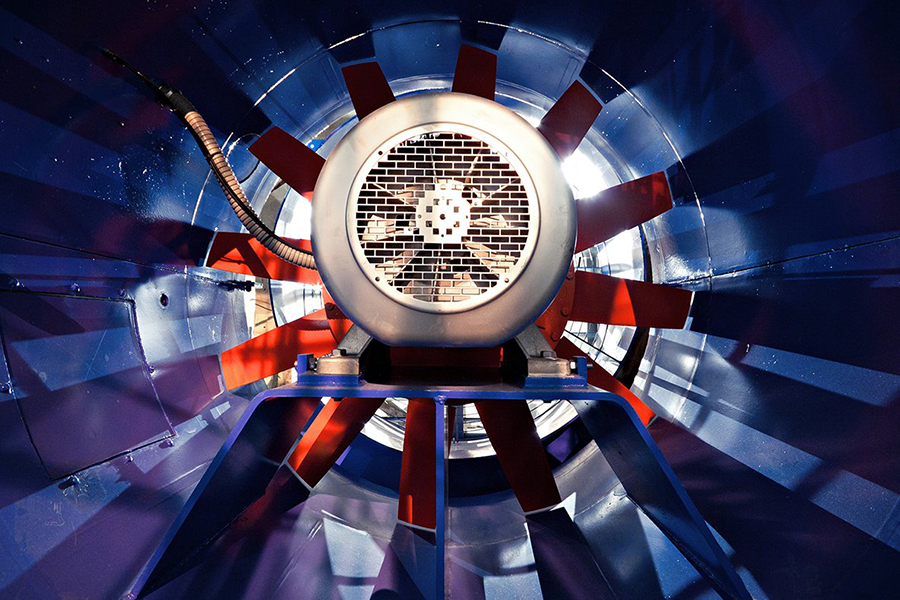The 3-phase variable speed drive (VSD) motor control system stands as a pivotal innovation, revolutionizing the dynamics of motor control vfd and energy efficiency in diverse applications. From manufacturing plants to transportation sectors, the integration of VFD technology has become indispensable, offering unparalleled versatility and precision in motor operation.
At its core, a 3-phase VFD operates by modulating the frequency and voltage supplied to the motor, enabling seamless speed control and torque management. This nuanced control mechanism empowers engineers and operators with the flexibility to adapt motor performance to varying load conditions, optimizing energy consumption and enhancing operational efficiency.
One of the primary advantages of employing a 3-phase VFD lies in its ability to facilitate soft-start and ideal functionalities, mitigating mechanical stress on motors and associated equipment. By gradually ramping up or down motor speed, abrupt voltage spikes and current surges are smaller, extending the lifespan of critical components and reducing maintenance costs.
Furthermore, the inherent regenerative braking capability of VFD systems contributes to energy conservation efforts, particularly in applications characterized by frequent deceleration or reversal of motor rotation. Through regenerative braking, kinetic energy is converted into electrical energy, which can be either reused within the system or dissipated through braking resistors, effectively reducing overall power consumption.
In industrial settings, where precision and reliability are paramount, the precise speed and torque control offered by 3-phase VFDs play a pivotal role in optimizing production processes. Whether in conveyors, pumps, or compressors, the ability to fine-tune motor performance ensures consistent output quality while small waste and downtime.
Moreover, the integration of advanced sensor technologies and feedback mechanisms further enhances the capabilities of VFD systems, enabling real-time monitoring and adaptive control strategies. By interfacing with sensors to measure variables such as temperature, pressure, and flow rate, VFDs can dynamically adjust motor parameters to maintain ideal operating conditions, enhancing system resilience and performance.
In the realm of sustainable engineering, 3-phase VFD technology emerges as a cornerstone solution for reducing carbon footprint and promoting environmental stewardship. By facilitating energy-efficient motor operation and small idle power consumption, VFDs contribute significantly to achieving sustainability goals across industries, aligning with global initiatives for carbon neutrality and resource conservation.
Looking ahead, the evolution of 3-phase VFD technology continues unabated, driven by ongoing research and development efforts aimed at pushing the boundaries of efficiency and reliability. Emerging trends such as cloud connectivity, predictive maintenance, and machine learning algorithms promise to unlock new frontiers in motor control, ushering in an era of unparalleled automation and intelligence.
In conclusion, the 3-phase variable speed drive motor control system stands as a cornerstone of modern industrial automation, offering unparalleled flexibility, efficiency, and reliability. From enhancing energy conservation to optimizing production processes, the transformative impact of VFD technology resonates across diverse sectors, shaping the future of motor control and sustainable engineering.
As industries embrace the imperative of digital transformation, the convergence of VFD technology with data analytics and IoT (Internet of Things) presents new avenues for optimization and predictive maintenance. Through the integration of sensors and connectivity protocols, VFD systems can seamlessly interface with centralized monitoring platforms, enabling remote diagnostics and proactive fault detection.
Furthermore, the advent of edge computing empowers VFDs to process and analyze data in real time, facilitating adaptive control strategies and predictive algorithms at the local level. This distributed intelligence not only enhances system responsiveness but also reduces reliance on external infrastructure, ensuring robust performance even in decentralized environments.

 English
English 中文简体
中文简体 عربى
عربى



